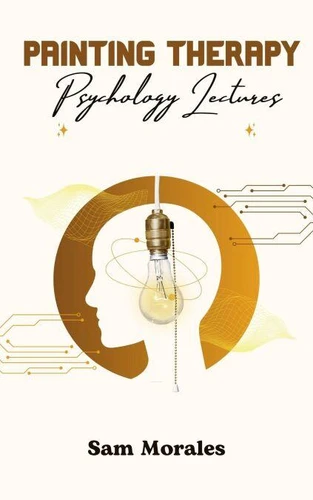Painting Therapy: Psychology Lectures
Par :Formats :
Disponible dans votre compte client Decitre ou Furet du Nord dès validation de votre commande. Le format ePub est :
- Compatible avec une lecture sur My Vivlio (smartphone, tablette, ordinateur)
- Compatible avec une lecture sur liseuses Vivlio
- Pour les liseuses autres que Vivlio, vous devez utiliser le logiciel Adobe Digital Edition. Non compatible avec la lecture sur les liseuses Kindle, Remarkable et Sony
 , qui est-ce ?
, qui est-ce ?Notre partenaire de plateforme de lecture numérique où vous retrouverez l'ensemble de vos ebooks gratuitement
Pour en savoir plus sur nos ebooks, consultez notre aide en ligne ici
- FormatePub
- ISBN8227207791
- EAN9798227207791
- Date de parution10/09/2024
- Protection num.pas de protection
- Infos supplémentairesepub
- ÉditeurBig Dog Books, LLC
Résumé
Teaching psychology is a student-centered, evidence-based approach that includes a wealth of suggestions, ideas, and methods for teaching college-level courses in a way that contributes to student success. The writers make use of currently available scientific research on learning, memory, and development, with a particular emphasis on studies conducted in classroom settings. The writers offer practical advice on how to integrate academic research into the classroom to enhance students' learning and personal growth.
The authors advocate for the use of backward course design, wBackward course design is what the authors recommend. This method stresses how important it is to set learning goals (which can include both knowledge and skills) and figure out how to measure them before creating a curriculum that will help students reach those goals. y's student body, this book provides recommendations for teaching that are both ethical and culturally relevant.
The authors advocate for the use of backward course design, wBackward course design is what the authors recommend. This method stresses how important it is to set learning goals (which can include both knowledge and skills) and figure out how to measure them before creating a curriculum that will help students reach those goals. y's student body, this book provides recommendations for teaching that are both ethical and culturally relevant.
Teaching psychology is a student-centered, evidence-based approach that includes a wealth of suggestions, ideas, and methods for teaching college-level courses in a way that contributes to student success. The writers make use of currently available scientific research on learning, memory, and development, with a particular emphasis on studies conducted in classroom settings. The writers offer practical advice on how to integrate academic research into the classroom to enhance students' learning and personal growth.
The authors advocate for the use of backward course design, wBackward course design is what the authors recommend. This method stresses how important it is to set learning goals (which can include both knowledge and skills) and figure out how to measure them before creating a curriculum that will help students reach those goals. y's student body, this book provides recommendations for teaching that are both ethical and culturally relevant.
The authors advocate for the use of backward course design, wBackward course design is what the authors recommend. This method stresses how important it is to set learning goals (which can include both knowledge and skills) and figure out how to measure them before creating a curriculum that will help students reach those goals. y's student body, this book provides recommendations for teaching that are both ethical and culturally relevant.



